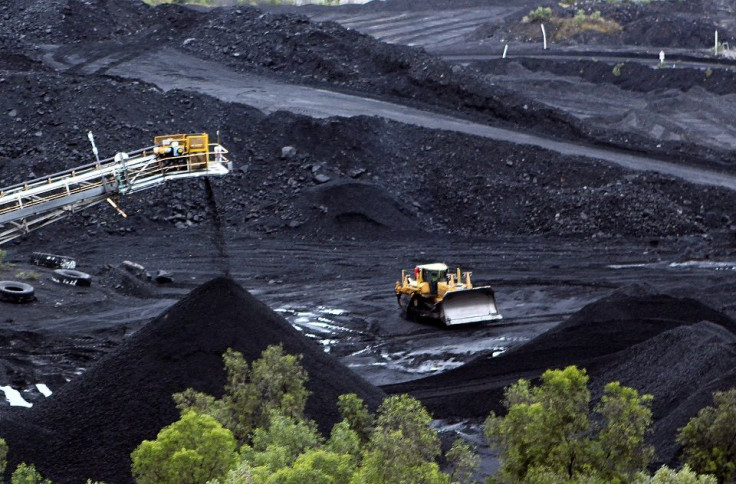$12-billion budget windfall for Australian government due to surge in iron ore price & coal
Miners need to spend up to $8 billion to develop new mines to keep cash flowing

The unexpected surge of iron ore price and coal in the international market would benefit not only Australia’s giant miners but also the federal and state governments. Canberra stands to gain a potential windfall of $12 billion on federal taxes, while state would collect royalties.
The estimate is premised on the price of the two commodities being sustained at current levels, according to The Australian. West Australia would enjoy higher iron ore royalties, while Queensland and New South Wales collect more coal royalties.
Coking coal spot prices had tripled since June to a five-year high of US$258.50 (A$336.57) per tonne and thermal coal prices had doubled since July to a four-year high of US$105.80 (A$137.75). Iron ore prices grew 20 percent to a six-month high of US$64.40 (A$84.16) a tonne.
Paul Bloxham, chief economist of HSBC Australia, says the price surges could be a game-changer for the country. He explains that the gains in prices have the capacity to significantly alter the narrative on the Australian economy. “Increased (national) income flows through to corporate profits; some of that gets through to wages growth and because the fiscal coffers are boosted through tax, some of that filters through to the household sector through wages growth,” Bloxham continues.
Significantly higher revenues could ease pressure of the AAA credit rating of Australia which Standard & Poor’s, a rating agency, warns could be cut due to weakening federal budgetary position. Ratings cut on the national level would have a domino effect on state ratings.
However, for iron ore miners to keep on benefitting from the recent price increase of the key-steelmaking ingredient, it must spend up to US$8 billion (A$10.42 billion) developing new mines over the next five to 10 years. The aim is to replace about 170 million tonnes of capacity anticipated to be lost as miners shutter pits and grades decline at aging operations, Global Mining Research says.
Bloomberg reports that because of the drop in commodity prices the past five years, total global capital spending by miners went down by about 60 percent to a forecast US$57 billion (A$74.24 billion) in 2017 from the peak of US$145 billion (A$188.88 billion) in 2012, according to Goldman Sachs Group.




















